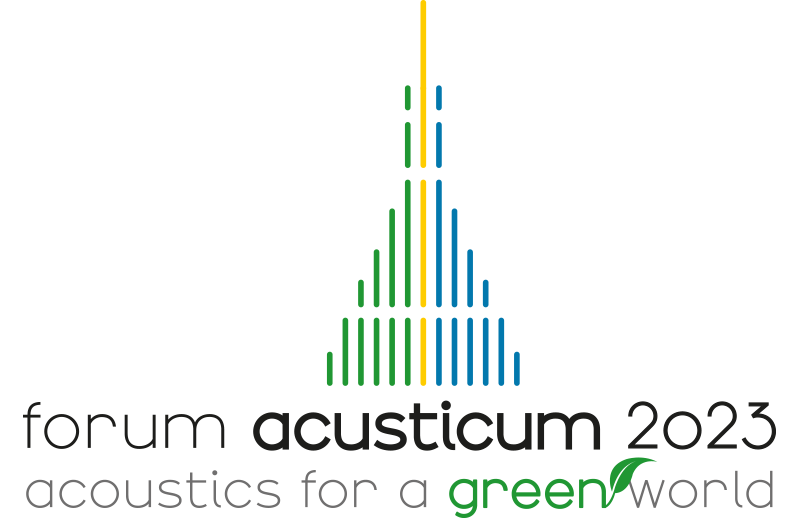

European Acoustics Association
Forum Acusticum 2023
Politecnico di Torino
Torino, Italy
September 11 - 15, 2023
 |
 |
Proceedings of the 10th Convention of the European Acoustics Association Forum Acusticum 2023 Politecnico di Torino Torino, Italy September 11 - 15, 2023 |
|
Abstract Personalised head-related transfer functions (HRTFs) represent a key component for applications in virtual or augmented reality with high demands in perceptual audio. Numerical methods enable the calculation of personalised HRTFs based on the individual geometry of a listener. Such a geometry can be generated by exploiting the information from multi-view-plus-depth (MVPD) images of the listener’s pinna. However, the results are typically noisy, especially in regions relevant for HRTF calculations. To address this shortcoming, HRTFs can also be calculated based on a mesh obtained from a parametric pinna model (PPM) whose parameters were optimised to fit noisy measurements of an individual ear geometry. The feasibility of this approach has been investigated by employing a convolutional neural network (CNN) which predicts the PPMs parameters from synthetic MVPDs pinna-only images. In this contribution, we varied the type of network architecture and analysed the effects on prediction accuracy. The results of comparative evaluations will be discussed in the geometric domain to explore the limits of the PPM-based HRTF personalisation, and corroborate the choice of a feasible network architecture before implementing further optimisation. |
||||||||||||||||||||